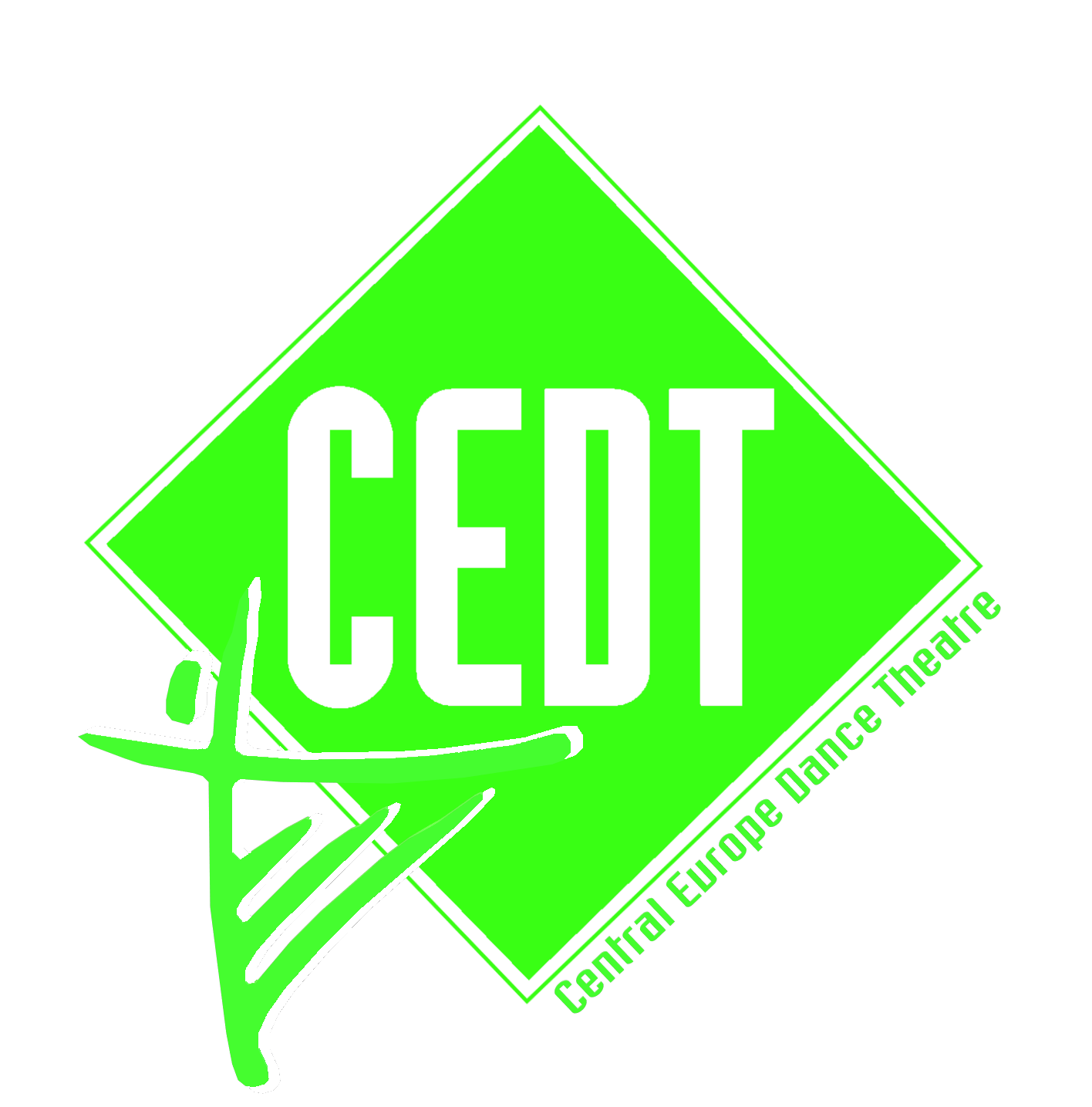We asked Csilla Gesztelyi Nagy, the mentor of the EU Dance Hack Budapest, about the importance of the international project in Hungary, the intertwining of dance and technology and the ecological footprint of dance.

From EU Dance Hack an international project. What opportunities does this programme offer for local dance culture?
The Budapest Dance Hack programme brings dance artists and technology professionals from across Europe to Budapest for five days to meet Hungarian participants. The programme will provide a creative space for participants to learn about each other and each other's methods and techniques, and to experiment freely and safely, finding new connections and unique ways of combining art and technology.
For locals, it is definitely worth coming to the demonstration on the fifth day, as they can get to know the participants, scenes, experiments and even try out some of the situations created during the week. This can definitely be an inspiration for the participants in the local professional scene.
As a company creator and choreographer, how do you see the relationship between dance and environmental pressures? Is this the kind of reform that the dance profession needs, or is it more a social responsibility issue that could be a consideration in reducing your ecological footprint?
With Cipolla Collectiva, we have been creating productions lately (last 5-8 years) where there is consciously little or no set, just some props that fit in one or two cars, so it is much easier to travel around the country or even abroad. Sometimes we perform in natural light, deliberately creating the performance that way.
We also like to be economical and efficient with our time, because that's where the waste can show up for me.If we were to spend three days rehearsing for a 60-minute show, as we used to do, it's not cost and time effective these days.
We have designed our plays to require less preparation, so that we spend more time with the audience.
We have now added workshops to our dance performances, which means that we offer a full or half-day programme on the day of the performances. Spectators can be active participants in the process, bringing their presence, knowledge, energy and time to our events.
This will not only give us an audience, but rather we will create a community, a community where we will focus on individual, personal responsibility. You put in as much as you take out. It's organic in a way.
One of the unique features of the EU Dance Hack programme is that it combines the art of dance with technological innovation. Is this an opportunity, or is it the rise of technology and the displacement of people from art?
I think it is first and foremost an opportunity. A simple analogy came to mind.
When I go into a clothes shop, I can try on all the goods. Of course I'm not going to buy them all. But if I buy more sweaters and trousers, I won't wear them all at once, i.e. I certainly won't buy three pairs of trousers with two jackets on the street...etc.
I have seen in many presentations that technology is used because it is both a trend and because it is possible. Yes, but the use how to a lot depends! And Dance Hack is a fantastic way to test this. I think it's worth bearing in mind the motto that less is more. Or that a creation is not finished when you can no longer add to it, but when you can no longer take away from it.
There are also new ways of using technology for unintended purposes, where an artist dares to do strange things with a gadget that might give the researcher an answer he or she would not have thought of before. There is great potential in this too.
Csilla, the mentor
Csilla Gesztelyi Nagy took part in improvisation exercises during the Oulu Dance Hack in Finland, watching how her Finnish partner, the founders of the dance hack, communicate with each other, how sensitively they are attuned to each other. If he felt like it, he would set up with the dancers to move, if he saw that they were running out of ideas, he would make suggestions. At other times, he watched from the outside and offered constructive criticism. If she saw the group as overwhelmed, she would help them reconnect with themselves and refresh with somatic exercises. She said she practiced when to engage and disengage from the events on stage.
He was involved in the selection process for the Budapest Dance Hack Open Call, which attracted nearly 90 applications, in a curatorial role.
"As a creator, I think, both as the director of Cipolla Collectiva and after many years with Artus Company, I am well versed in how to activate our intuition in the space, in the theatre and how to create freely along our intuition, keeping the lightness and the flow. I will be supporting the Dance Hack team in making this happen."
